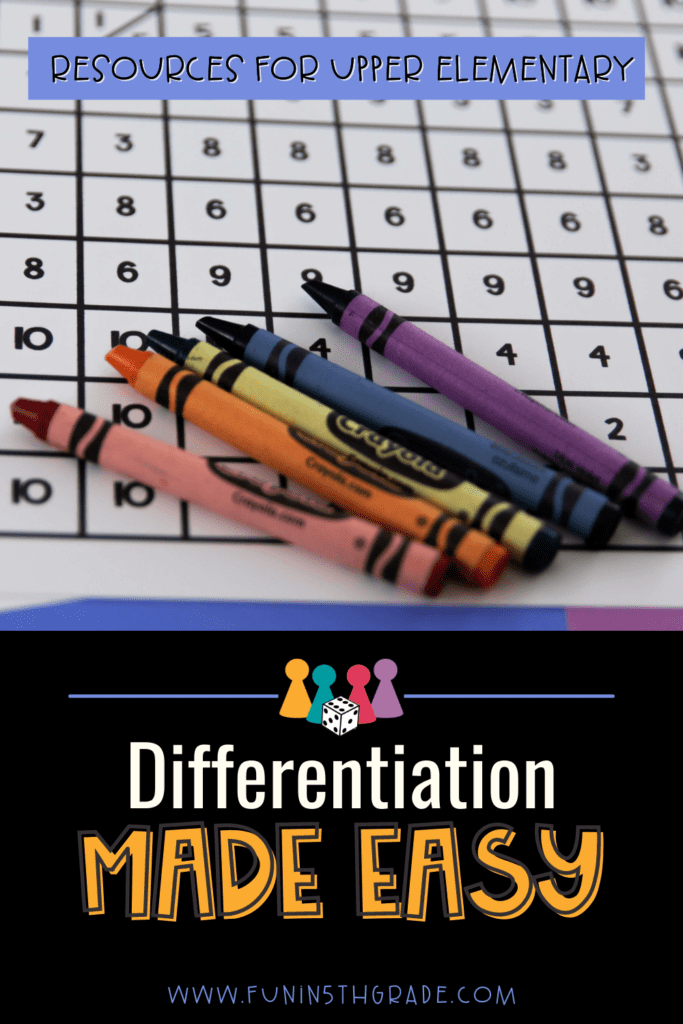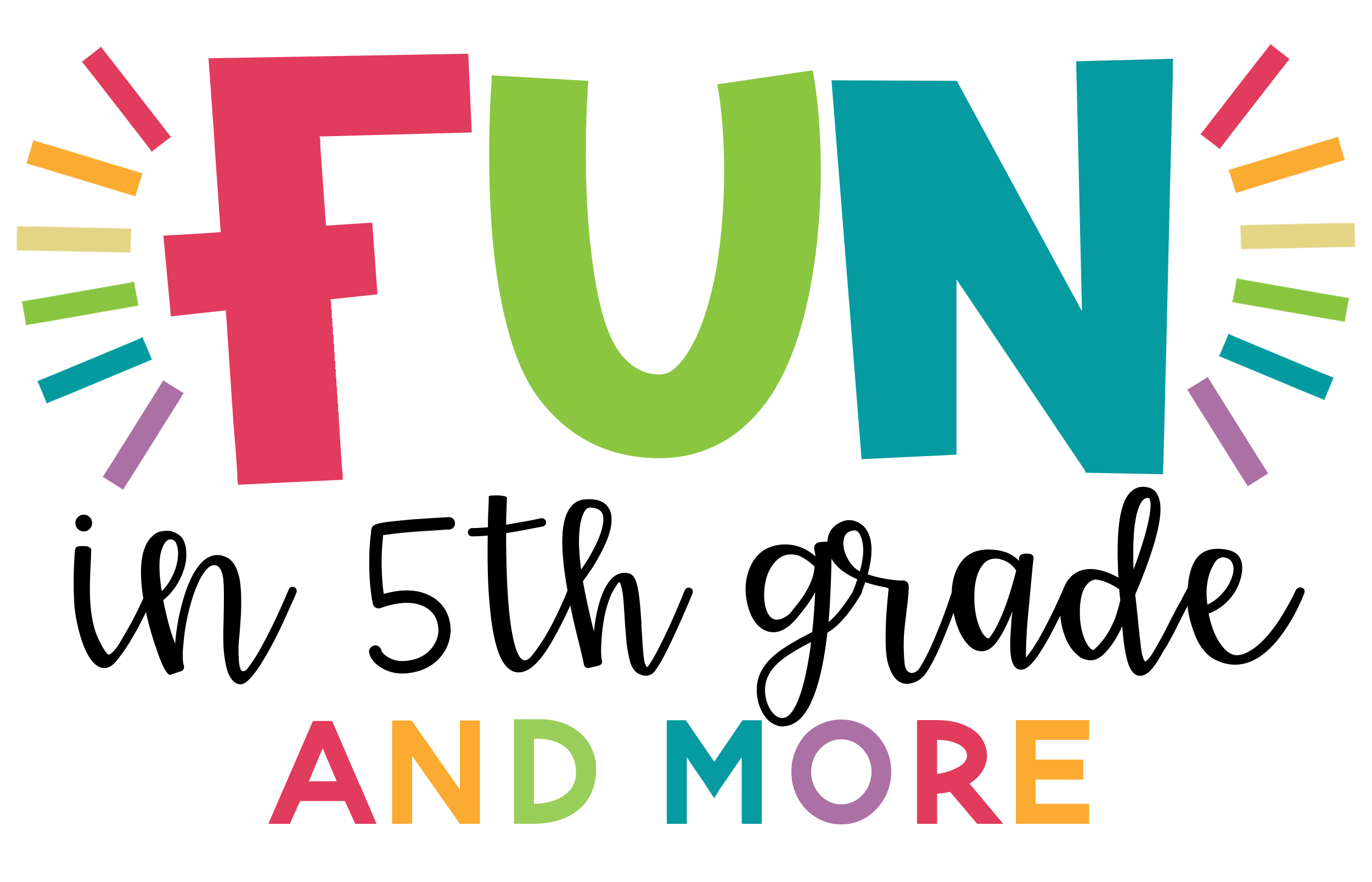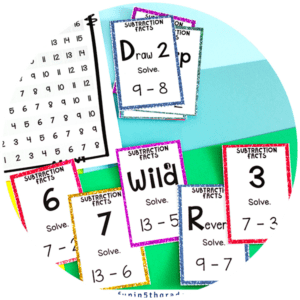
One common challenge teachers collectively face is differentiation.
It is a bit of a conundrum, this thing called differentiation, because although most teachers don’t like it, we all recognize the need for it and fully appreciate it when it is done well.
Differentiation is not bad…it is just difficult and time-consuming.
Differentiation also requires a decent amount of creativity and problem-solving that teachers often don’t have the mental energy to work through on a daily basis.
No matter if you see 100 students a day or you teach 15 students a day, finding a way to scaffold lessons and create plans for students that are well-designed and differentiated to help students at all levels is exhausting, and we are here to say that WE HEAR YOU!
As we create helpful, standards-focused resources for teachers (that are also engaging for students), differentiation is always top of mind.
Our goals for differentiation
As I planned my lessons (especially in reading), my main focus was always to differentiate, so the groupings were fluid, and students were working at or above their reading levels with accessible, grade-appropriate, highly engaging activities.
One key part of differentiating for students is to realize that the goal of differentiation is to meet the students where they are and nudge them forward to the next level of their learning. Although we don’t want students to struggle to the point of becoming indifferent or discouraged, it is okay for students to struggle as they learn a concept or work through a problem.
The key here is to use differentiation ‘as needed’. This means that we must plan multiple levels of differentiation or allow students to have a certain level of choice as we differentiate
For example, if we provide students with a differentiated deck of task cards that have multiple choice answers on them, and that student is getting all the answers right all the time, then the next time, we start to shuffle in some cards that don’t have any answer choices. If they are successful with that, the next time, we don’t provide any answer options, but we let the students have a note sheet nearby to reference as needed.
Keeping a differentiated strategy in play too long can actually hinder the student’s growth if we don’t allow them (or force them) to move on, so we are always looking for ways to work at or above their current level.
Differentiation Differentiation…you see what I did there?
Differentiation doesn’t have to look like one thing. In fact, there is a certain level of creativity that goes into good differentiation. Here are some examples to consider.

Differentiation in Group Work
Although we often consider differentiating within individualized activities, differentiation can actually be hidden within group work.
Example: The students are doing a project on the signing of the Declaration of Independence. Every student is getting information about the event before using that information to contribute to the group project. To differentiate in this project, you can distribute the passages in such a way that students are getting the information in different forms, levels, and formats. One advanced student may be looking at and discerning information from images, another student may be reading information on a timeline, and yet another one may be reading a lower-level reading passage about the event. After working through their information, all students will be able to contribute to the group’s project.
Differentiation in Classroom Games.
For example, in game shows like these, the questions that earn a lower point value often are easier than those at a higher point value. Students also have the opportunity to choose which category they want to work with, which allows students the ability to work within areas they feel more confident. In addition to that differentiation, students can also get different note sheets to reference to during the games that could allow for differentiation.
If you play a lot of games with cards, you could also create decks that are differentiated by simply including multiple-choice options on the card, or you can sort the cards into different levels and put the easier questions on the top of the stack so the student is able to gain some confidence before moving on to some of the harder ones. Or, like with U-Know games, you could provide a different level of support to students by offering the “cheat sheet” to all of some of them depending on the skill they are practicing and their previous understanding of that skill.” Again, this is all about creativity and providing additional help as needed.
Differentiation in Centers
Center activities can easily be differentiated by adding note sheets to activities, assigning leveled reading activities like the ones in the Close Reads, or providing no-fail activities like the digital Sticker Style activities.
U-know games are great for centers as well. They come in a variety of topics, so you can use sets that you know students may need extra practice with or are just about ready to move on from that standard. There are also “cheat sheets” in many of the U-Know sets that students may use to differentiate within each set. Bonus: they are a great reference as well to add to notebooks or folders for reference throughout the year.
Differentiating Reading Passages
In our Close Reads with Mystery Pictures, we have included 3 levels for every passage. Although we include 3 levels of text, the reading comprehension questions are always the same, so the passages can be used in small groups or with partners whether the student is on the same level or not. Keeping the questions the same allows the teacher to review the questions as a full class without anyone really knowing which passage anyone else was working from.
Want to know some of our secrets for creating these differentiated passages? Well, it’s your lucky day!
One of the ways that we differentiate these passages is by adjusting some of the difficult or challenging vocabulary in the higher-level passages and changing it out for lower-level synonyms.
Another way to adjust the reading level of the passage is to take some of the longer sentences for the high-level passage and break them into 2-3 sentences for the lower level. Sometimes we even take sentences out completely if they don’t add a ton of value to the text or if there isn’t a question asked about it.
If you want to make differentiation even easier in your classroom, take some time to look over our differentiated Close Reads with Mystery Pictures. With sets for every month and many holidays and seasons, these Close Read activities will make differentiating and learning easy and engaging all year long!
(If you want to see all the Close Reads available, check out this post: 12 Months of Close Reads to see how Close Reads will fit into your year!)
As always, we aim to make creative, engaging lessons and instruction as easy as possible for our upper elementary teachers, which is why we have considered differentiation as we create our resources. Be sure to check out the store for even more resource options!





